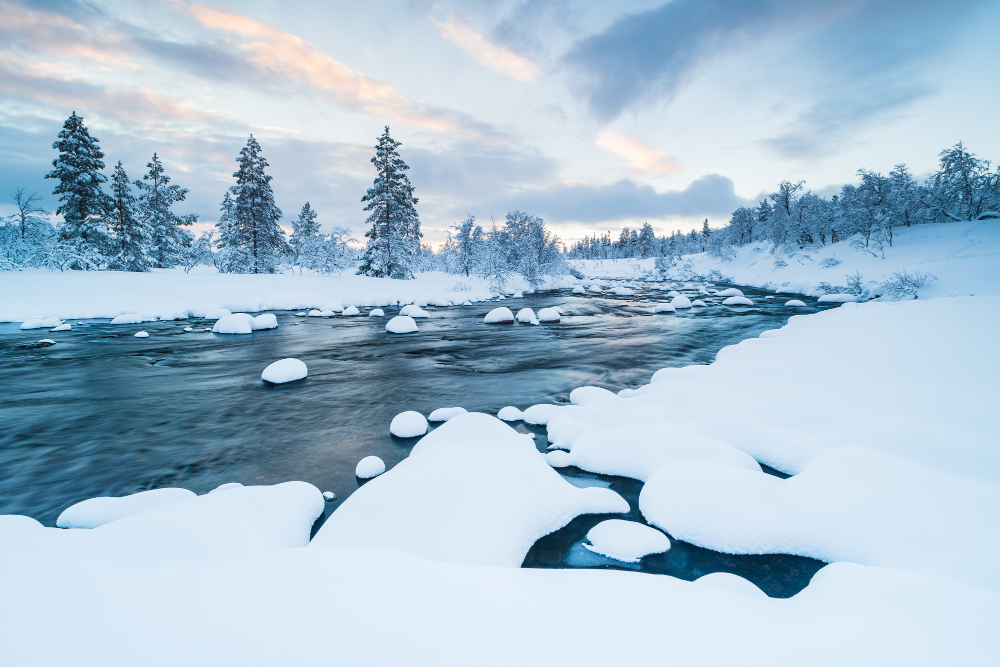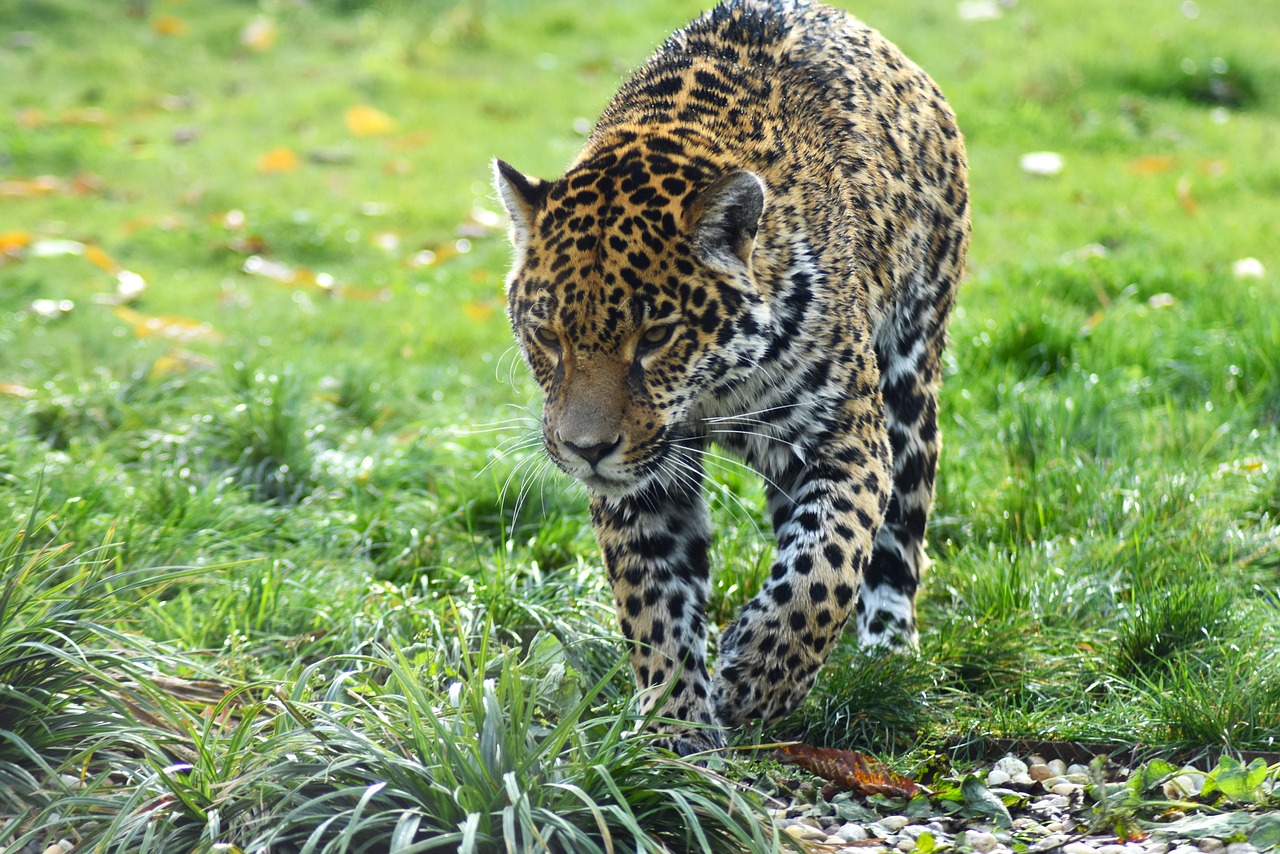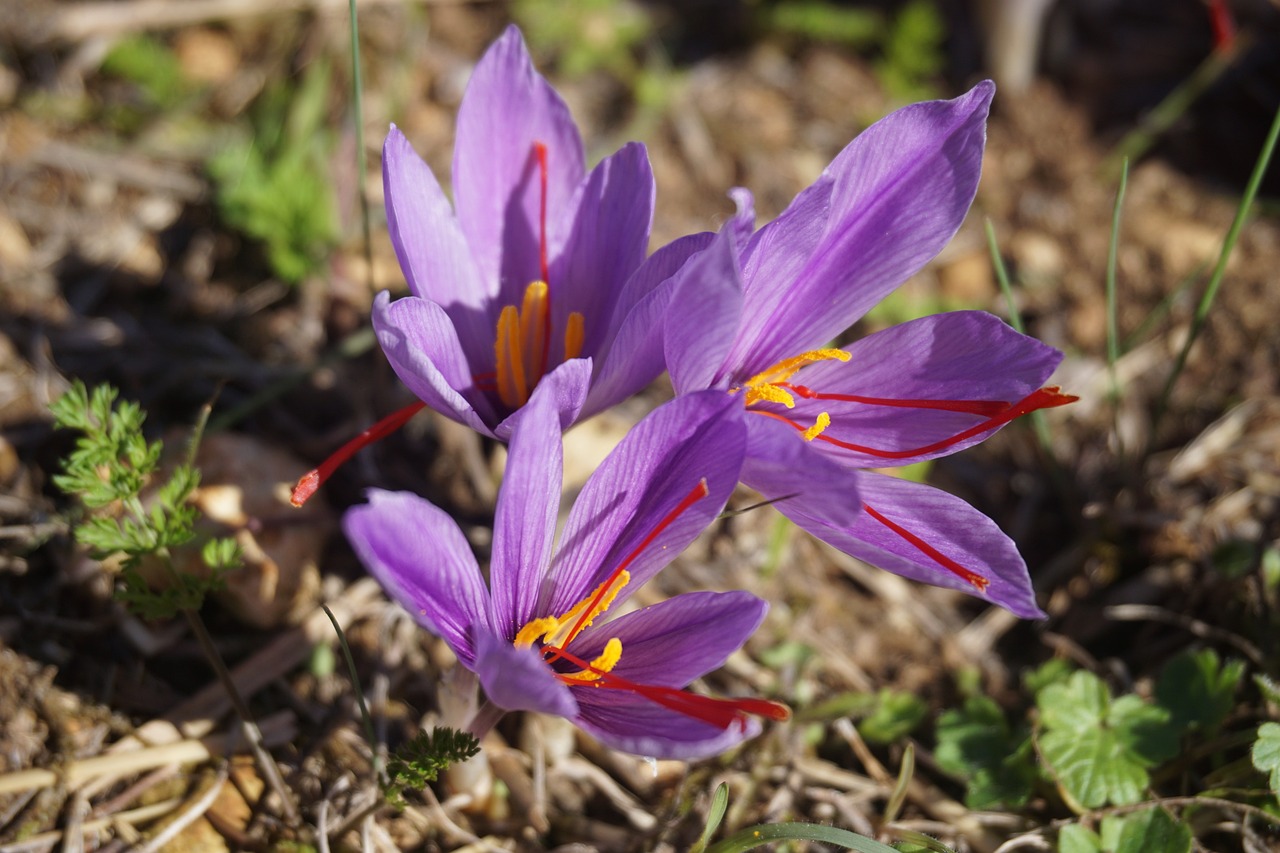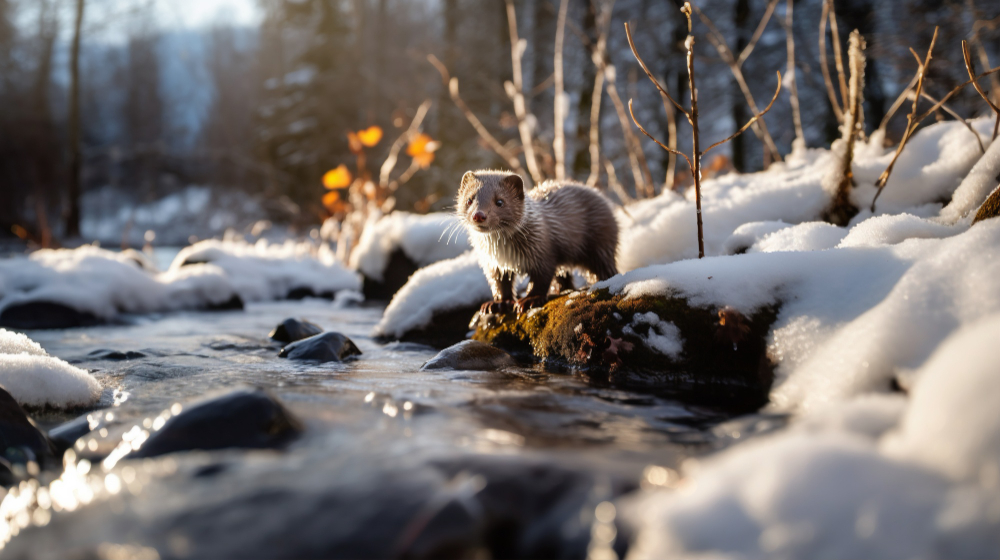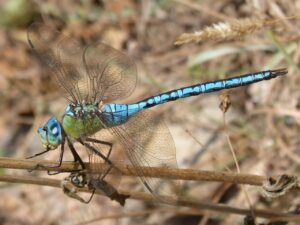The world of birds is full of songs that inspire peace and wonder, but some voices in nature feel anything but soothing. These aren’t the sweet chirps of a robin or the cheerful chatter of a sparrow. No, these are sounds that unsettle, sounds that haunt long after they’re gone.
Certain birds produce cries so chilling they seem born from nightmares. Their eerie calls have inspired legends, stirred fears, and even served as omens in folklore. These are the creatures whose voices transform a calm night into an unsettling experience.
 Pin
Pin Image by @michellevalbergphotography
Table of Contents
1. Common Loon: The Wail of the Wilderness
 Pin
Pin Image by Kevin Derrick from Pixabay
The Common Loon has one of the most haunting calls you’ll ever hear. Its voice isn’t just a sound—it’s a feeling. When it cries, the wail seems to rise and fall endlessly, echoing over lakes and through thick forests. It’s not just a noise; it’s raw emotion, a deep, sorrowful lament that feels like it’s coming from the soul of the earth itself.
Why it gets to you: The loon’s call sounds almost human, like someone out there is mourning something lost forever. When the sound bounces off still water, it doesn’t just echo—it lingers, wrapping you in its eerie spell.
A touch of legend: Indigenous folklore speaks of the loon’s cry as a message from spirits or an otherworldly warning. And honestly? Hearing it late at night, it’s hard not to believe it.
2. Barn Owl: The Screamer of the Night
 Pin
Pin Image by No-longer-here from Pixabay
The Barn Owl doesn’t mess around when it comes to creepy vibes. Its scream doesn’t just startle—it makes your heart leap into your throat. It’s sharp, sudden, and downright terrifying, especially when it rips through the quiet of the night. This isn’t some cute hoot. This is a piercing, ghostly shriek that sounds like it belongs in a horror movie.
Why it terrifies: That scream feels like it’s designed to make you jump. Pair it with the Barn Owl’s pale, heart-shaped face and glowing eyes, and you’ve got yourself a bird that feels more ghost than real.
Why people fear it: Cultures all over the world have linked the Barn Owl to death and bad omens. Hearing it at night? Let’s just say you won’t forget it.
3. The White Bellbird: Nature’s Loudest Alarm
 Pin
Pin Image by @birdperday
The White Bellbird holds the record for the loudest bird call, and its sound can be downright jarring. Its metallic, piercing cries are powerful enough to feel physically uncomfortable if you’re too close. With a voice that reaches up to 125 decibels, this bird doesn’t just sing—it screams.
Why it’s unsettling: The White Bellbird’s call feels more like a siren than a song. Hiking through the jungle and being startled by a sound so loud and shrill that it echoes off the trees. It’s the kind of sound that can make you instinctively want to run.
Odd habits: Male White Bellbirds perform their deafening calls directly at females during courtship, often from close range. Their bizarre behavior and piercing calls make them stand out—not always in a comforting way.
4. Tawny Frogmouth: The Growl in the Darkness
 Pin
Pin Image by Steve Bidmead from Pixabay
The Tawny Frogmouth doesn’t scream or chant—it growls. Low, guttural, and mechanical, its voice sounds like something out of a dystopian nightmare. It’s not loud, but that almost makes it worse. It creeps up on you, blending with the silence until it’s the only thing you can focus on.
Why it’s creepy: There’s something about its voice that doesn’t feel natural. It’s almost like a sound a machine would make, not a bird. And the fact that the Tawny Frogmouth can vanish into its surroundings while calling? That just adds to the mystery.
Invisible horror: Even when you know it’s there, you can’t see it. Its camouflage is so perfect that its calls feel like they’re coming from nowhere.
5. Common Potoo: The Voice of Sorrow
 Pin
Pin Image by @cr_wildlife
The Common Potoo doesn’t just cry—it pours its heart into every sound. Its mournful, sorrowful calls carry an emotion so raw it feels almost human. When you hear it, it’s like the air gets heavier, and you can’t help but feel the weight of whatever sadness this bird seems to be expressing.
Why it haunts you: Its cries are filled with anguish, like the bird is grieving something it can never get back. Hearing it in the dead of night stirs something deep inside you—something uncomfortable and hard to shake.
A haunting presence: With its wide, staring eyes and eerie stillness, the Potoo doesn’t just sound ghostly—it looks the part too. This bird feels like it belongs to another world entirely.
6. The Cassowary: Nature’s Drumming Predator
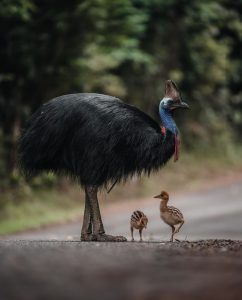 Pin
Pin Image by @cassowarycoastaustralia
The Cassowary might not be known for mimicking sounds, but its voice is undeniably haunting. This large, flightless bird emits low-frequency booms and rumbles that can feel more like a drumbeat than a call. Its deep, resonant sounds are so low they can travel through the ground, adding an eerie vibration to its calls.
Why it’s unsettling: The Cassowary’s calls are like a soundtrack to an otherworldly jungle. Walking through a dense rainforest and feeling the vibrations of its rumbling calls before hearing them. It’s a sound that feels ancient, primal, and unnervingly close.
Odd habits: Cassowaries are territorial and can be aggressive, which makes their low-frequency calls even more intimidating. Their sounds can feel like a warning—letting you know you’ve ventured too close to their domain.
7. Oilbird: Echoes of the Abyss
 Pin
Pin Image by @leifjonasson
The Oilbird lives in pitch-black caves and sounds like it belongs in another dimension. Its harsh clicks and screeches bounce off the walls, creating echoes that seem to come from everywhere and nowhere at once. The combination of its eerie calls and its shadowy home makes it feel like something straight out of a nightmare.
Why it’s creepy: The soundscape it creates feels alien, like you’ve stumbled into a place where humans aren’t meant to be. Its calls are loud, chaotic, and impossible to ignore, leaving you with the sense that something is watching you from the dark.
A strange talent: The Oilbird’s clicks serve a purpose—it uses echolocation to navigate the caves. But knowing the sound is functional doesn’t make it any less unnerving.
8. Black-Crowned Night Heron: The Startling Croak
 Pin
Pin Image by @flamingogardens
The Black-Crowned Night Heron isn’t flashy, but its voice demands attention. This bird has a loud, abrupt croak that cuts through the silence like a dagger. It often lurks near water, hidden in the shadows, until its sudden call startles anyone within earshot.
Why it shocks: It’s not just the sound—it’s the timing. The heron waits until everything is calm and still, then unleashes a croak so jarring it feels like an ambush.
Strange habits: These birds are most active during twilight and night, using the dim light to blend into their surroundings. When they finally call out, it’s like they’ve been waiting for the perfect moment to catch you off guard.
9. Great Horned Owl: The Harbinger of Fear
 Pin
Pin Image by DickDaniels via Wikimedia Commons
The Great Horned Owl’s hoot isn’t just a sound—it’s a statement. Deep, steady, and rhythmic, it carries a weight that feels impossible to ignore. There’s something about the way it echoes through the forest that makes you feel like you’re being watched.
Why it intimidates: Its call feels like a warning, a reminder that the night belongs to it. And with its silent flight and piercing gaze, the Great Horned Owl doesn’t just sound scary—it embodies fear.
Silent and deadly: The owl’s ability to swoop through the air without a sound adds to its mystique. You’ll hear its hoots long before you see it—if you ever see it at all.
10. Lyrebird: The Chilling Mimic
Image by Fir0002 via Wikimedia Commons
 Pin
Pin The Lyrebird takes mimicry to a whole new level. This bird can copy anything it hears, from chainsaws to camera shutters to human voices. It doesn’t just imitate—it perfects, recreating sounds so accurately that it’s hard to believe they’re coming from a bird.
Why it’s eerie: Hearing a bird mimic something like a crying baby or a chainsaw in the middle of a forest feels surreal, even wrong. The sheer skill of the Lyrebird can make its mimicry feel unnatural, like it knows something it shouldn’t.
A master imitator: The Lyrebird doesn’t just repeat sounds—it weaves them into its own songs, creating a strange, otherworldly soundtrack that leaves you both awed and unsettled.
The Emotion Behind the Sounds
Birds don’t make these chilling calls to scare us; they do it to survive, to communicate, or even to attract a mate. But to us, their voices are so much more. These sounds reach into the deepest parts of our emotions, stirring fear, curiosity, and sometimes even awe. It’s like a direct connection to the wild, raw side of nature—untamed and unapologetic.
Not all bird songs are designed to comfort. Some remind us that the natural world isn’t always soft and welcoming. Their calls have a way of unsettling us, waking up something primal we’d rather keep buried. It’s an experience that stays with you, lingering in your thoughts long after the sound has faded.
Next time you’re out on a quiet night, pay attention. Listen to the voices of the night. They aren’t just background noise—they’re messages from the wild, each one with a story to tell. Which of these eerie calls have sent a shiver down your spine? How did it make you feel? Share your experience—you’re not alone in hearing the haunting music of nature.





